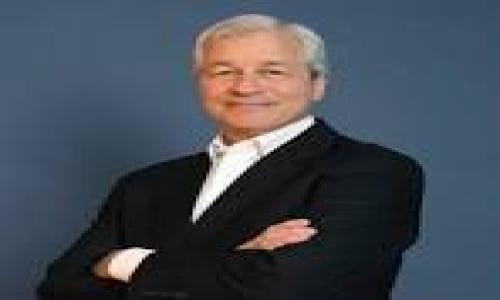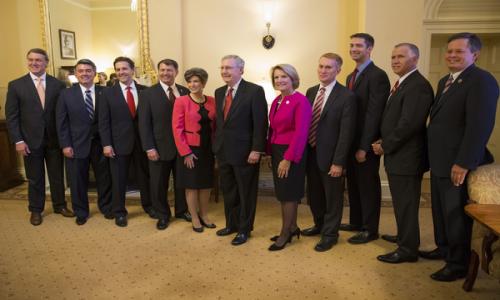Pimco's Bill Gross says the Fed's monetary policy is designed to reinflate the economy by forcing investors to deploy their money into riskier investments. Investors are stuck in a catch22 - move money into riskier investments and potentially lose it; or keep it in low yielding accounts. His whole newsletter is eminently qoutable. Here are a few of the catchier soundbites.
Here's a quote from his recent newsletter:
"The Fed is trying to reflate the U.S. economy. The process of reflation involves lowering short-term rates to such a painful level that investors are forced or enticed to term out their short-term cash into higher-risk bonds or stocks. Once your cash has recapitalized and revitalized corporate America and homeowners, well, then the Fed will start to be concerned about inflation – not until. To date that transition is incomplete, mainly because mortgage refinancing and the purchase of new homes is being thwarted by significant changes in down payment requirements. The Treasury as well, has a significant average life extension of its own debt to foist on investors before the Fed can raise short-term Fed Funds."
He continues by asking the same question many of us have been pondering:
"OK, so where does that leave you, the individual investor, the small saver who is paying the price of the .01%? Damned if you do, damned if you don’t. Do you buy the investment grade bond market with its average yield of 3.75% (less than 3% after upfront fees and annual expenses at most run-of-the-mill bond funds)? Do you buy high yield bonds at 8% and assume the risk of default bullets whizzing at you? Or 2% yielding stocks that have already appreciated 65% from the recent bottom, which according to some estimates are now well above their long-term PE average on a cyclically adjusted basis?"
His conclustion is to follow Warren Buffets lead and invest in utilities.
"Granted, Warren Buffet went all-in with the Burlington Northern, but in doing so he admitted it was a 100-year bet with a modest potential return. Still, Warren had to do something with his money; the .01% was eating a hole in his pocket too. Let me tell you what I’m doing. I don’t have the long-term investment objectives of Berkshire Hathaway, so I’m sort of closer to an average investor in that regard. If that’s the case, I figure, why not just buy utilities if that’s what the future American capitalistic model is likely to resemble."
The advice may be good although I'd be cautious assuming that the American model is becoming a utility. I think that's a bit too much doom and gloom. I also think Gross has misstated the risk-free rate. He may have his mony in a .01% money market fund, but there are money market funds that pay a little more, and there are certainly savings and cd products that provide a significantly higher return.
As this article shows, capital preservation is the key to generating long-term wealth. Keeping money in a 0% account is actually okay for some time if you believe the market is overheated and overvalued. That's especially true if the inflation rate is close to 0%.












Add your Comment
or use your BestCashCow account